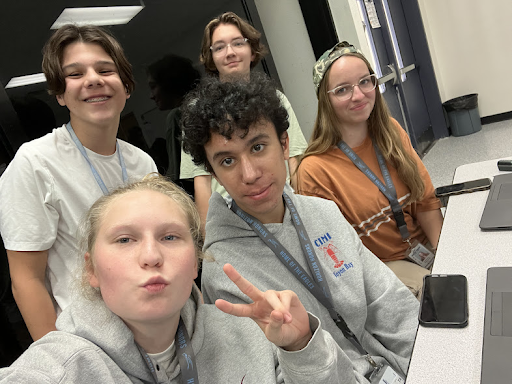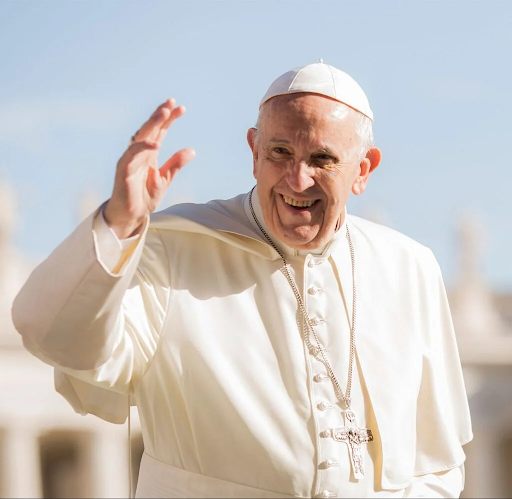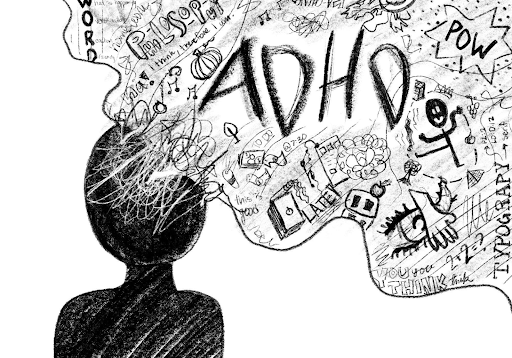Afghanistan Suicide Bombings
On Monday, April 30, 2018, 31 people were killed in Afghanistan by suicide bombers.
May 4, 2018
Thirty-one people were killed in Afghanistan on Monday, April 30. Out of the 31 people, ten were journalists, one of which wrote an article prior about the dangers of reporting in the Afghanistan capital. Reports on the culprits vary. Euan McKirdy, a writer for CNN, wrote that these attacks were claimed by the Islamic State. However, U.S. General John W. Nicholson Jr., leader of American forces in Afghanistan, has accused the Afghan Taliban of coordinating the attack.
The first explosion happened at the U.S. Embassy and near government buildings at 8 a.m. local time. This drew reporters to rush to the scene. After a crowd had arrived to report and help the people, a second man disguised as a cameraman got inside the crowd of people, only to set off another bomb.
In addition to the 31 people who were killed, 45 people were injured. These people were quickly rushed to hospitals, according to Ministry of Public Health spokesman Wahid Majroh. The Agence France-Presse (AFP) Global News Director, Michele Leridon, honored these people saying they showed “extraordinary strength, courage and generosity.” He also honored one of his close colleagues, Shah Marai, who was killed, and offered “condolences to the families of other journalists killed in this terrible attack.”
Marai was one of the victims of the attack who passed away. He began working for AFP in 1998 while the Taliban were largely in power. During this time, he was only a photographer, but since the Taliban hated journalists, he had to be very careful when he tried to report on the events happening. Marai said in an interview, “I always made sure to put on the traditional shalwar kameez outfit when going outside and I took pictures with a small camera that I hid in a scarf wrapped around my hand. The Taliban restrictions made it extremely difficult to work.” He risked his life countless times to report and take pictures of what was happening. He wrote many times about the dangers of working in Afghanistan and how dangerous his job was. According to AFP, he left behind two wives and six children, one of whom is still a newborn. Leridon said, “This is a devastating blow, for the brave staff of our close-knit Kabul bureau and the entire agency. Shah Marai was a treasured colleague who spent more than 15 years documenting the tragic conflict in Afghanistan for AFP.”
Other people killed in the attack include Mahram Durani, a correspondent with Radio Free Europe, Ebadullah Hananzai, a reporter with the same outlet, Yar Mohammad Tokhi, a cameraman with TOLONews, Ghazi Rasoul, a reporter with 1TV, cameraman Nawroz Ali Khamosh, Ali Saleemi, and Saleem Talash from Mashal TV. Sabawoon Kakar, an RFE cameraman, died in the hospital from his injuries.
On April 30, there were more attacks that took place. At a madrassa (religious school) in Kabul, a suicide bomber drove an explosive truck into NATO peacekeeper forces, but missed and hit the school. According to Euan McKirdy, 11 children died due to the bombing. Eight Romanian NATO soldiers were also injured.
Afghanistan in the past years has seen plenty of hardship, famine, and war. The Middle East continues to see many problems. It’s impossible to say when it will be at peace again, if ever.








